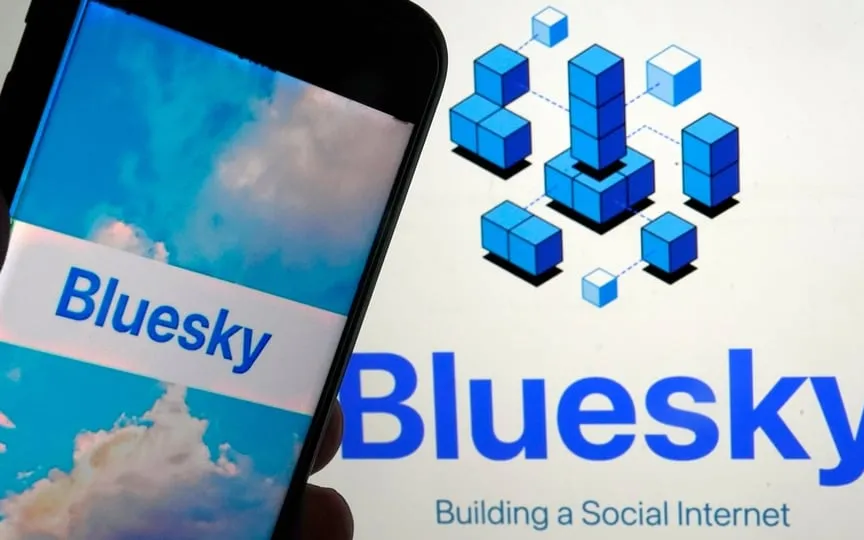What Can We Learn from the EU’s Support of Bluesky, a X Competitor?
After Elon Musk drastically reduced Twitter’s workforce, made certain features exclusive to paid users, and rebranded it as X, numerous individuals have been desperately searching for an alternative social media platform.
So far, no one has emerged as a clear winner, but EU Commissioner Thierry Breton, alarmed by the misinformation surrounding X, has just made a very public choice to switch to Bluesky – one of X’s lesser-known competitors.
What is Bluesky?.
Twitter founder Jack Dorsey created the platform as a side project in 2019.
Dorsey put five engineers aside to build a decentralized alternative to Twitter.
He said at the time that centralized attempts to police abuse and misinformation on a platform like Twitter were unlikely to work, and wanted to give users more control over personal data and content moderation.
But Bluesky only saw the light of day earlier this year.
The current version looks and feels incredibly similar to Musk’s own site.
But the platform considers itself exclusive – you need an invite from another user or you have to join a “waiting list” that can take weeks to get an account.
Who uses it?.
The more Musk has set about turning X into a world of paywalls and petty grievances, the more popular the options have become.
Bluesky is still in the experimental phase, but said last month that it has already passed the one million user mark.
Signups have increased each time Musk has made a controversial change to his platform, according to company data.
High-profile early adopters include US politician Alexandria Ocasio-Cortez and model Chrissy Teigen.
And journalists and media organizations, often the targets of Musk’s ire at X, are moving in droves.
US outlets such as the Washington Post and the New York Times already publish their stories on Bluesky.
However, the platform has not yet achieved a huge network effect and the discussion of current events is limited.
Its “what’s hot” function provides users with a list of the most important topics at any given time, which on Wednesday contained a lot of cat pictures and very little discussion of the Israel-Hamas conflict.
Can it compete with the X?
The field is getting crowded, with small operators battling it out with juggernauts like Meta, which launched Threads in July.
The numbers don’t look good for the bulls.
Threads had more than 100 million signups within days of its launch, and Musk claims X has 550 million users — though his numbers are disputed.
But Bluesky runs a very different model.
It wants users and developers to be able to freely interact with the platform, including through third-party applications.
It also insists that it doesn’t rely on advertising or monetizing user data, and offers a paid service to those who want to associate their name with a domain name.
Early reviews of the platform have been largely positive, with Silicon Valley tech commentator Casey Newton praising its focus on decentralization, writing on his Platformer site that it was “an almost one-to-one copy of Twitter in its early days.”
Tech news site The Verge’s editorial in May was equally positive.
“Bluesky still has a long way to go to completely replace Twitter for me, but right now I think it really could,” he said.




